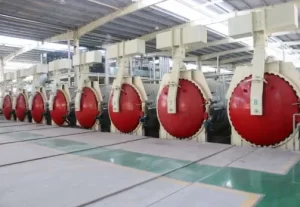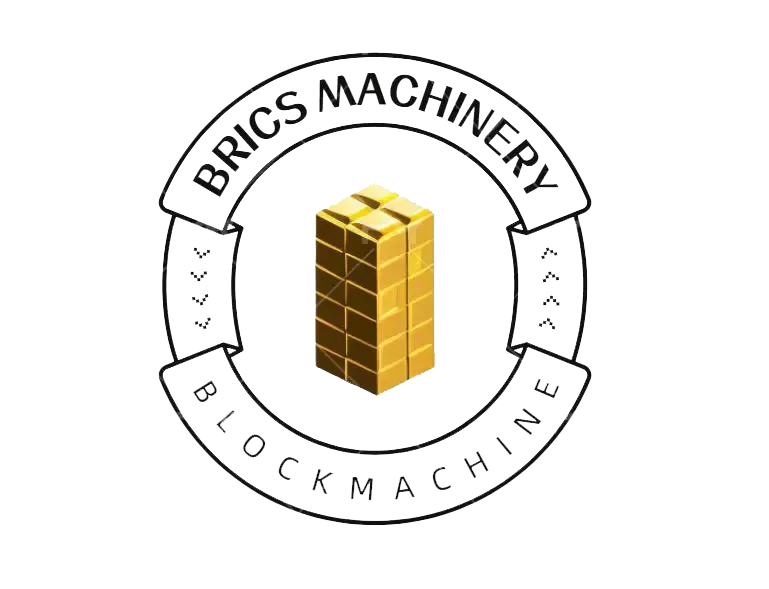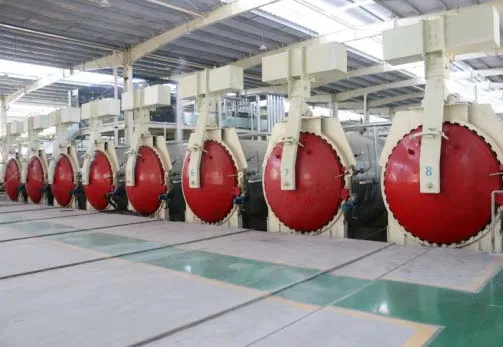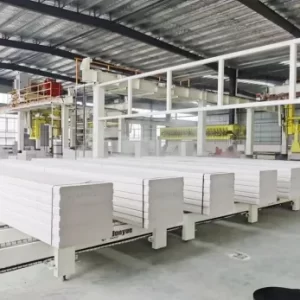BLOCK AUTOCLAVING PROCESS
Description
The autoclave curing process is an essential step in the production of aerated concrete blocks, as it allows these blocks to acquire the necessary strength and meet the requirements for use in construction. This process involves subjecting the green cake, or freshly formed aerated concrete, to high-pressure steam curing. To achieve the desired results, it is crucial to maintain a specific temperature range, typically between 174.5-180℃.
To carry out this procedure effectively, autoclaves with strong sealing mechanisms are frequently employed. These autoclaves ensure that saturated steam, maintained at a particular pressure, is introduced into the chamber. This steam treatment creates an environment of high temperature and humidity, enabling the green concrete body to undergo the necessary physical and chemical changes. These changes lead to the formation of new minerals within the material, ultimately providing the aerated concrete with the required strength and various physical and mechanical properties.
It’s important to note that the autoclave curing process plays a pivotal role in determining the final internal characteristics of aerated concrete. The duration of autoclaving can vary depending on factors such as the size and the composition of the AAC blocks. Generally, AAC blocks will have a shorter autoclaving time compared to ALC panel products due to their smaller size. Furthermore, the type of material used in AAC block production can also impact the autoclaving time. For instance, fly ash-based blocks typically require a shorter autoclaving process, while sand-based blocks may necessitate a longer period of steaming to achieve the desired properties.









